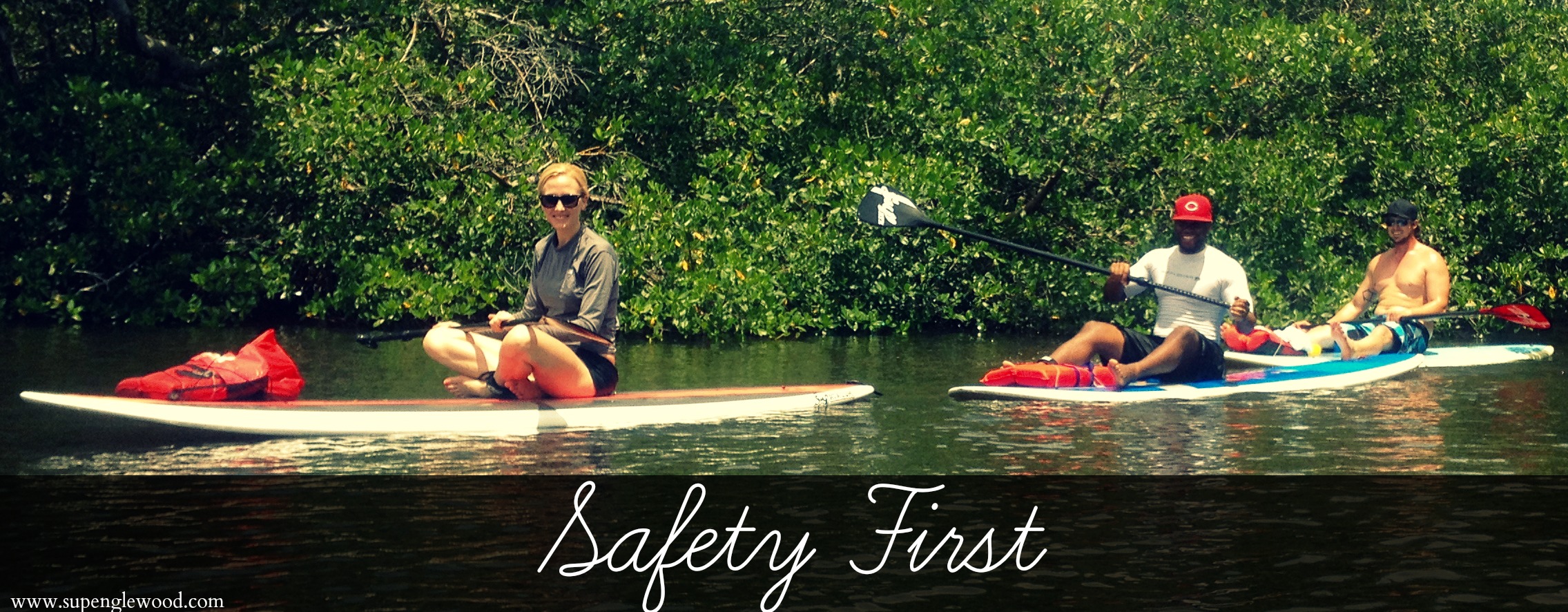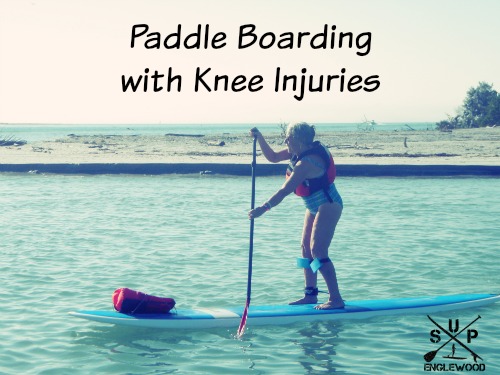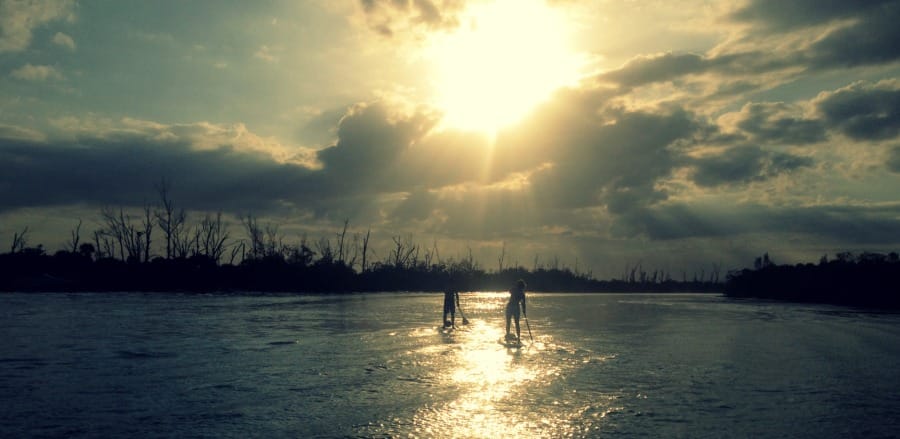
Stand Up Paddle (SUP) Safety
Essential SUP Safety Tips: A Comprehensive Guide for Paddle Boarding in Southwest Florida
Navigating the Waters Safely: An Intro to SUP Safety Tips
Paddle boarding is the fastest-growing watersport, and it’s easy to see why! Whether you’re a novice or an experienced paddler, Southwest Florida offers some of the best spots for this exciting activity. However, safety should always be your top priority. In this comprehensive guide, we’ll cover essential SUP safety tips to ensure you have a fun and safe experience on the water.
Why SUP Safety is Crucial
Before we dive into the tips, it’s important to understand why safety is so crucial when paddle boarding. Unlike other watersports, paddle boarding exposes you to a variety of conditions and potential hazards. From wind speed to waterway types, knowing how to navigate these elements is key to a safe paddle boarding experience.
New Florida Law on Right of Way
Florida recently passed a law giving right of way to motorized vessels. This means that paddle boarders must be extra cautious and yield to motorboats and other motorized watercraft. Failing to do so not only puts you at risk but is also against the law. Always stay vigilant and make way for motorized vessels to pass safely. Learn more about the Florida Boating Safety Laws for Paddle Crafts here.
Weather Conditions: Your First Line of Defense
Before you even think about hitting the water, it’s essential to check the weather conditions. Use reliable apps like Sea Tow for real-time updates on wind speed, direction, and tides. These apps use GPS to provide localized information, ensuring you’re well-prepared for the conditions you’ll face.
Wind: Friend or Foe?
Wind direction plays a significant role in your paddle boarding experience. An east wind usually means the Gulf of Mexico will be calm and flat, offering excellent water clarity.
Pro Tip: East wind is referred as an “offshore” wind as it blows vessels in an offshore direction. It’s best to follow the same wind guidelines and stay close to shore when paddling at the beach.
On the other hand, a west wind can bring larger swells, making inshore locations a safer bet.
Pro Tip: If you’re a beginner, avoid paddling in winds exceeding 15 MPH. At SUP Englewood, we cancel SUP tours and rentals when winds reach this speed for safety reasons.
Essential Safety Equipment Every Paddler Needs
U.S. Coast Guard Requirements
According to the U.S. Coast Guard, stand-up paddle boards are considered vessels. This means you’ll need a Personal Floatation Device (PFD) and a whistle when paddling outside of swim/surf areas or inshore. Children under six must wear a PFD at all times.
The Importance of Wearing a Leash
Wearing a leash keeps you close to your paddle board, preventing it from becoming a hazard to others. Your body acts like a sail in the wind, making it challenging to control the board, especially when standing. A leash ensures that your board stays within reach, reducing the risk of drowning accidents.
Avoiding Common SUP Hazards
Know Your Waterways
Different waterways pose different risks. Lakes and enclosed waterways are generally the safest for beginners, while bays, inlets, and harbors present more challenges due to their exposure to tidal flows and boat traffic.
Pro Tip: Alligators are present in lakes and enclosed waterways in Florida. We recommend watching the weather and picking the calmest days to paddle on exposed waterways.
Oyster Beds and Other Underwater Obstacles
Oyster beds, fallen trees, and debris are common SUP hazards in exposed waterways. Oyster beds are particularly dangerous due to their sharp, razor-like edges. Always keep an eye out for these hazards and maintain a safe distance.
Paddle Together for SUP Safety
It’s always safer and more enjoyable to paddle with a friend or in a group. Not only does this provide an extra layer of safety, but it also makes the experience more fun!
Final Thoughts: Ensuring a Safe and Enjoyable Paddle Boarding Experience
Paddle boarding is an exhilarating sport that offers endless opportunities for adventure. However, safety should never be compromised. From understanding weather conditions to equipping yourself with essential safety gear, these SUP safety tips are crucial for anyone looking to explore the waters of Southwest Florida.
Ready to hit the water? Book a paddle boarding lesson with SUP Englewood today and experience the safest and most enjoyable paddle boarding adventure!



